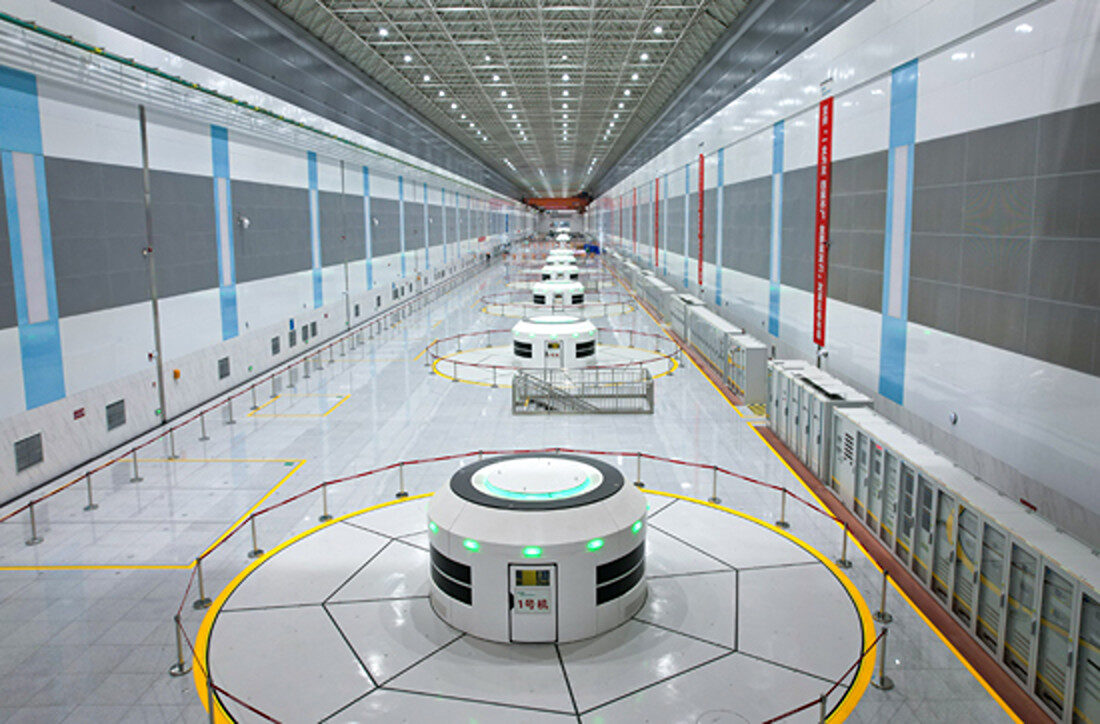Developing renewable energies has resulted in various financial mechanisms, and comparing them between different countries is not always straight forward.
A recent report titled, ‘Financing the transition to renewable energy in the EU, Latin America and the Caribbean’, and published by the EU-Latin America and the Caribbean Foundation (EU-LAC Foundation), notes for example, that feed-in tariffs were an effective policy mechanism for the promotion of renewable energies in most European Union countries, but they were not very successful in Brazil.
Similarly, the report argues, while wind power auctions were effective policy instruments to encourage the financing of wind power projects in Brazil, auction schemes for wind energy in Argentina did not succeed. Even when Brazil attempted to introduce similar auctions for solar PV, this was met with limited success, argues the report.
The latter appears to be out of date, however, since in the second half of 2017, Brazil’s utility-scale PV sector added significant amounts of capacity, while this year, new auctions awarded 806 MW of PV. Brazil’s auctions between 2014 and 2017, furthermore, awarded around 3.5 GW of PV.
Nevertheless, to make sense of the renewable investment landscape, apart from examining the public policies supporting renewable energies, the report’s authors have also focused on the financing challenges faced by investments in PV and wind power technologies in the EU and the LAC regions. Their findings are of interest.
Financial resources
In LAC states, the report finds that a large volume of financial resources stem from development banks, mostly in the form of long-term loans associated with a special purpose vehicle (SPV). More recently, the authors have observed the increasing importance of public participation through guarantee facilities, which is perhaps due to a reduction of resources from development banks.
The regulatory frameworks in the LAC region also support this route to investment. The report, for example, finds that most often selling renewable energy in the LAC countries requires the use of a long-term contract tied to an SPV.
By contrast, financial instruments for the support renewable energy projects in the EU member-states vary greatly. Specifically, the report’s authors find a stronger reliance on guarantee facilities and various forms of junior debt.
The report notes though, that in the early stages of renewable energy development in Europe – when greater innovation effort was needed – financing instruments based on equity were very important.
Market design and financing
The report identifies two main electricity market deigns tied to financing. The ‘utility business model’ is the first and the ‘infrastructure business model’, the second.
In the first model, a developer undertakes long-term investment and recovers it by selling energy short-term, for instance, one to two year-long contracts. The second model is based on selling power long-term, for example, via power purchase agreements (PPAs).
The report says the LAC countries rely mostly on selling long-term contracts, which assumes there is a centralized planning effort, although that might not be always the case.
In contrast, EU countries tend to promote selling via short-term contracts and competitive electricity market designs, which also assume, however, that there is efficient access to capital resources. The latter might also not be the case.
Of great interest is the report’s finding that PV manufacturers are increasing their presence in the LAC region. This, the report explains, might be because of the low risks associated with a project's revenue stream.
In other words, given that a long-term PPA is in place, a manufacturer can introduce PV technology in the region. The downside to this development is that the technology risk is absorbed by the counterpart of the PPA.
On the contrary, when the utility business model is encouraged, the technology risk lies with the investor and not the short-term counterpart of a selling contract.
Convergence of market models
Finally, the report concludes that both the EU and the LAC markets are converging towards reducing the significance of debt and increasing the access to capital. Therefore, solar and wind power projects, where equity is important, may increasingly face difficulties in implementing an efficient financing solution.
The recent trend in Europe for subsidy-free solar PV projects that rely on long-term PPAs – the minimum duration tends to be about 10 years – is an example of such convergence.
“In fact,” Miguel Vazquez, co-author of the report, told pv magazine, “we [the authors] point out that EU and LAC markets are converging to the ‘infrastructure business model’, mostly motivated by the idea of facilitating access to capital.” A very good example of this convergence is the subsidy-free projects in Europe.
The EU-LAC Foundation report is authored by Miguel Vazquez and Michelle Hallack of the Florence School of Regulation; Gustavo Andreão and Alberto Tomelin of the Fluminense Federal University; Felipe Botelho of the Federal University of Rio de Janeiro; Yannick Perez of CentraleSupelec; and Matteo di Castelnuovo of Bocconi University.
* The article was amended on October 5, 2018, to include updated information on Brazil's solar auctions.
This content is protected by copyright and may not be reused. If you want to cooperate with us and would like to reuse some of our content, please contact: editors@pv-magazine.com.



By submitting this form you agree to pv magazine using your data for the purposes of publishing your comment.
Your personal data will only be disclosed or otherwise transmitted to third parties for the purposes of spam filtering or if this is necessary for technical maintenance of the website. Any other transfer to third parties will not take place unless this is justified on the basis of applicable data protection regulations or if pv magazine is legally obliged to do so.
You may revoke this consent at any time with effect for the future, in which case your personal data will be deleted immediately. Otherwise, your data will be deleted if pv magazine has processed your request or the purpose of data storage is fulfilled.
Further information on data privacy can be found in our Data Protection Policy.